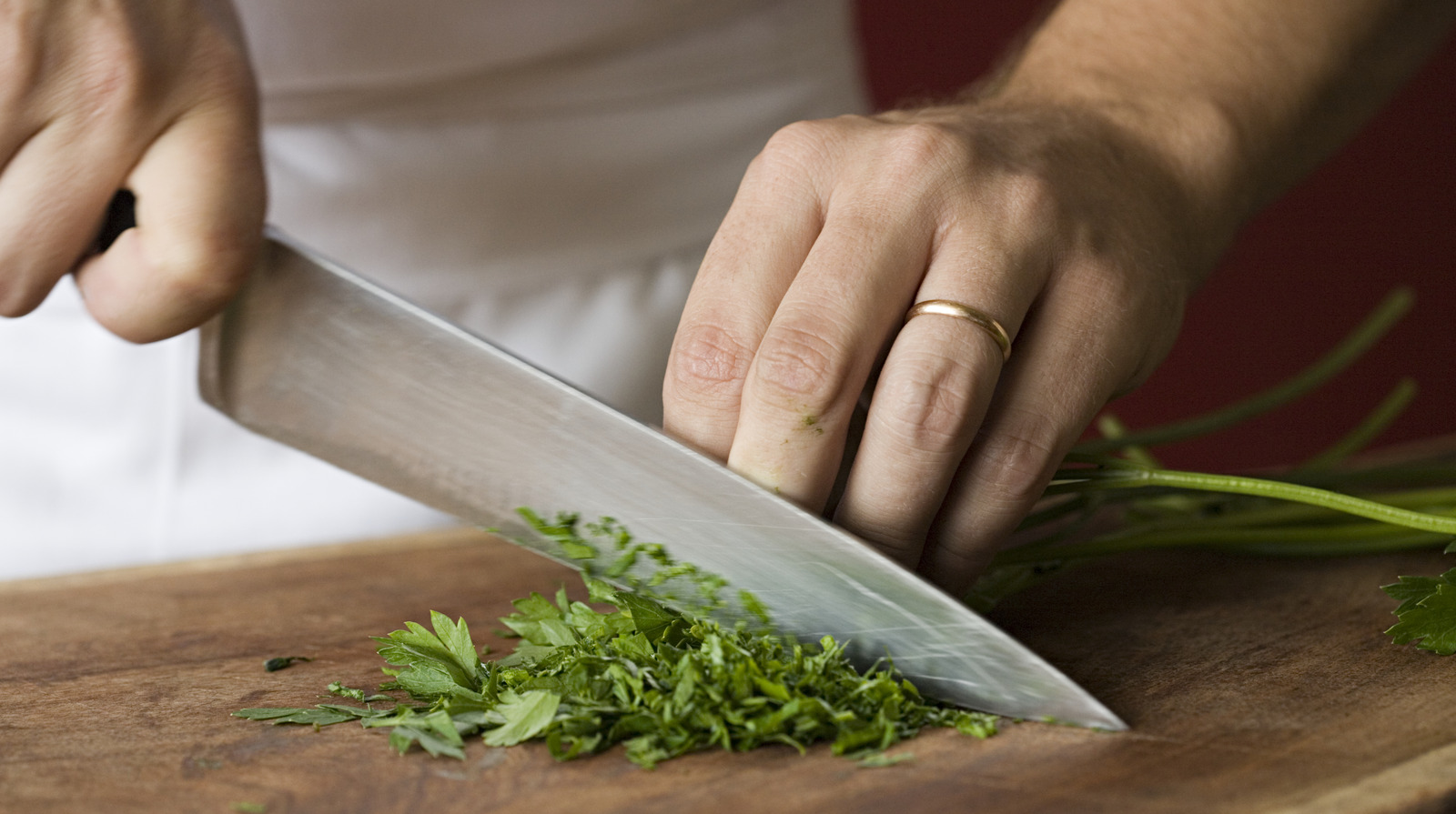How to Make a Cutting Board Table Top: Exclusive Tips and Shocking Secrets
Written By James Morgan
Are you a passionate barbecue enthusiast looking to add a personal touch to your outdoor grilling setup? Imagine having a sturdy, bespoke cutting board table top that not only enhances your barbecue experience but also impresses your guests. This article reveals exclusive tips and shocking secrets on how to make a cutting board table top that is both functional and visually stunning.

Why a Cutting Board Table Top?
Your typical barbecue session involves a lot of chopping, slicing, and dicing. A dedicated cutting board table top provides a convenient, hygienic surface for preparing your ingredients. Plus, a well-crafted cutting board can add a rustic charm to your outdoor kitchen.
But why settle for a store-bought option when you can craft your own? Creating a custom cutting board table top is a rewarding project that allows you to tailor the design to your specific needs and preferences.

Gathering Your Materials and Tools
Materials
- High-quality hardwoods (e.g., maple, walnut, cherry)
- Wood glue
- Food-safe finish
Tools
- Table saw or circular saw
- Thickness planer
- Router or sander
- Clamps
- Measuring tape
- Square

Step-by-Step Guide: Building Your Cutting Board Table Top
Step 1: Select and Prepare the Wood
Start by choosing high-quality, dense hardwoods that are ideal for cutting boards. Woods like maple, walnut, and cherry are popular choices due to their durability and aesthetic appeal. Ensure the wood is free of defects and properly dried.
Step 2: Cut the Wood to Size
Using a table saw or circular saw, cut the wood into strips of equal width. This step is crucial for creating a uniform surface for your cutting board. Depending on your desired table top size, cut enough strips to cover the area.
Step 3: Arrange and Glue the Strips
Lay out the wood strips in a pattern that appeals to you. Experiment with different arrangements to find the best look. Once you're satisfied, apply wood glue to the edges of the strips and clamp them tightly together. Allow the glue to cure completely according to the manufacturer's instructions.

Step 4: Planing and Sanding
After the glue has dried, use a thickness planer to smooth the surface of the cutting board table top. Follow up with sanding to achieve a perfectly flat and smooth finish. Start with a coarse grit sandpaper and gradually move to finer grits for a polished result.
Step 5: Routing the Edges
For a professional touch, use a router to round off the edges of your cutting board table top. This not only enhances the appearance but also eliminates any sharp edges for improved safety.
Step 6: Apply a Food-Safe Finish
To protect your cutting board and make it safe for food preparation, apply a food-safe finish. Options include mineral oil, beeswax, or a commercial food-safe wood finish. Apply the finish according to the product instructions, ensuring even coverage.

Maintaining Your Cutting Board Table Top
Proper maintenance is essential for keeping your cutting board table top in excellent condition. Regularly apply a food-safe finish to prevent the wood from drying out and cracking. Clean the surface thoroughly after each use, and avoid exposing it to excessive moisture.
For a more detailed guide on cutting board maintenance and cleaning, check out this statefoodsafety resource.
FAQs
What type of wood is best for a cutting board table top?
Hardwoods like maple, walnut, and cherry are ideal due to their density and durability.
How often should I apply a food-safe finish?
It's recommended to apply a food-safe finish every few weeks, depending on usage.
Can I use my cutting board table top outdoors?
Yes, but ensure it's covered or stored indoors when not in use to protect it from the elements.
For more insightful articles on BBQ tips and DIY projects, visit our Nautical Cutting Boards, Vinyl on Cutting Board, and Removing Cut Marks.
As an Amazon Associate, I earn from qualifying purchases.



